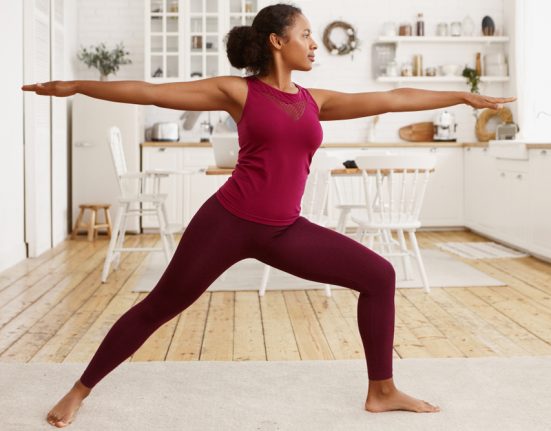Maintaining good oral hygiene is of utmost importance and speaks volumes about your overall health. Brushing your teeth is a vital part of your everyday routine and good oral health can enable you to curtail a variety of non-dental related diseases. No marks for guessing that toothbrushes form an integral part of everyone’s dental hygiene routine, but which brush is right for you? Ever stood in front of a toothbrush counter at a store and wondered which one should you replace your existing one with? We all have been there.
Remember when choosing a toothbrush – bristle type, toothbrush type, quality, and comfort is of utmost importance. Here are some simple tips and tricks for selecting the best toothbrush for you.
Shape of the toothbrush
Everyone’s mouth is unique and that implies that the structure of a toothbrush for every need will be varied too. “Select a shape that is adequate to be able to brush two teeth at a time, yet still little enough to touch your back molars. To examine this, look in the mirror next time while brushing your teeth to make certain your brush is reaching all the important areas. Select a non-slip handle if you have difficulty holding your toothbrush right, or a flexible handle to be able to effectively reach your back molars,” says Dr Surbhi Bhatia L, Chief Dentist, Lifeberries Healthcare.
Choose soft bristled brushes
Even though you might have a feeling that your medium or hard bristle brush does a better job at cleaning your teeth, soft-bristled brushes have proven to be more helpful in the long run. Softer bristles are soothing on delicate gums, and useful at wiping out harmful plaque and bacteria. Medium- and hard-bristled brushes may really cause harm to the gums, tooth enamel, and root surface depending on how hard you brush your teeth and how strong your teeth are.
Choose the correct toothbrush head
A small head toothbrush helps to clean hard-to-reach places in the mouth like the 3rd molar. “A larger brush head can cover a greater amount of surface area in one sweep. However, when it comes to a toothbrush, a smaller head is actually better. Also, we must ensure that the head size of the toothbrush does not harm the gums while brushing,” says Viren Kuller, dental expert, STIM Oral Care.
Manual or powered brush?
If you brush thoroughly with fluoride toothpaste, both types of toothbrushes can be useful. An electric or battery-powered toothbrush may be chosen if you have a problem brushing with a manual toothbrush. You can choose an automated brush which can range from a simple battery operated brush to the latest smart brushing innovations.
Brushing pressure
Contrary to the popular belief of brushing hard, gentle or mild brushing pressure is recommended. “Excess pressure over many years of faulty brushing can cause abrasion of teeth and wearing out of your all-important enamel layer. Some automated brushes now come with an indicator to signal when brushing pressure is too much for your teeth,” says Dr Diksha Tahilramani Batra, The Pain Free Dentist Prosthodontist, Implantalogist and Smile Design Specialist.
Pick a handle that suits you
Your toothbrush hold should be simple for you to grasp and move around your mouth. “If you have a problem with a basic handle, you may need a thicker handle, a hold with a non-slip clasp or a toothbrush aid that slides on the handle, creating it simpler to hold,” adds Bhatia. Toothbrushes with non-slip grips help in the easy maneuverability of the toothbrush. Grip plays a crucial part while brushing. “You should select a grip that is easy to use and avoid using brushes with fancy handles because they could cause damage to your gums specially in children’s toothbrushes,” opines Khuller.
Bristle Design
Bristle structure is equally crucial when you talk about a toothbrush. A rising number of manufacturers are presently manufacturing heads with altering size bristles, which is extremely beneficial for reaching the deeper openings between teeth and those hard-to-reach areas.
Longevity
A brush should last between 3-6 months depending on your brushing pressure. “If you see the bristles fraying it is time to replace it. Ideally, one can replace the entire brush if manual or then replace just the brush head in case of an automatic brush,” adds Dr Batra.
Cost
This is the least important factor to use when choosing your brush, and yet it must be considered as brushes are replaced frequently and you maybe factoring not just you but your entire family. While the latest innovations can be an investment to make, a simple, inexpensive, manual brush with the above factors can also do the job and help maintain your pearlies in pristine condition.








